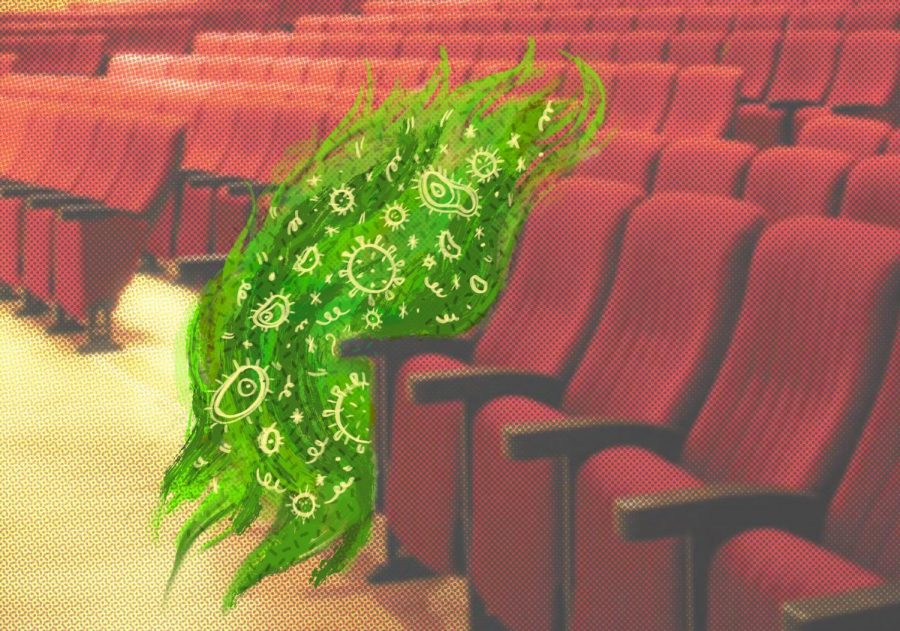Require students to use Protect Texas Together App
September 21, 2021
This semester, the Office of the Executive Vice President and Provost is asking professors to encourage students to download the Protect Texas Together app, an app that helps the campus community recognize possible COVID-19 symptoms. The app now has a feature that allows students to identify where they are sitting during an in-person class, which allows UT’s contact tracing team to find those who may have been exposed to COVID-19 and quickly notify them.
Some professors either do not have a seating chart or have a physical paper record of one. This makes contact tracing take longer than it should.
At the beginning of every class, professors should require students to check into the classroom and enter their seat information in the app to make contact tracing faster and more efficient.
Collecting data in the app helps contact tracers to know who was in an area of direct exposure and thus who to contact first. However, this feature is only effective if professors tell their students about the app and require them to use it.
Many students, like environmental engineering freshman Tabitha Anaya, are unaware of the app’s features.
“The problem is that not everyone knows about the app and that creates a whole issue,” Anaya said. “I feel like it’s mainly up to the professor to really enforce using the app, but if not everyone’s using it, it won’t be effective.”
The app can only be effective if everyone is on the same page. All instructors should tell students how to use the check-in feature and require them to use the app, as it will aid in contact tracing and only take a minute out of instruction time.
Lecturer Daron K. Roberts is one of the instructors already requiring students to check in on the Protect Texas Together app.
“I can either create a seating chart or use the app, and the app, I think, is a simpler exercise for both me and for the students,” Roberts said. “I hope as many professors use the app as possible because I think it helps get information to faculty, staff and students that will help us remain as safe as possible.”
Although professors do have the option to implement a seating chart, creating a physical record of seating is not as effective as using the app. In an ideal world where all students arrive to class on time, seating charts may be feasible. However, the reality is that seating charts are not the most time efficient way to better contact tracing, as they are not flexible and can take time away from lecture.
“If I assigned students a particular seat, if they came early and sat on the end [seats], they would have to get out for the other people to come in,” Chad Seales, religious studies associate professor, said. “I felt like by the time students would be able to get into their assigned seats, we would have lost like half the class time.”
Instead of assigning seats, instructors should require their students to check in on the app as soon as they arrive at class. Students would enter the room number into the app then input where they are sitting. They can enter a seat number or describe where they are seated and then check out once they leave class, taking no time away from the lecture.
The Protect Texas Together app is a quick and easy way to help contact tracing at the university be more efficient, though it will only be successful if we all get on the same page –– and professors have the power to make that happen.
Ponce is a journalism freshman from Laredo, Texas.



